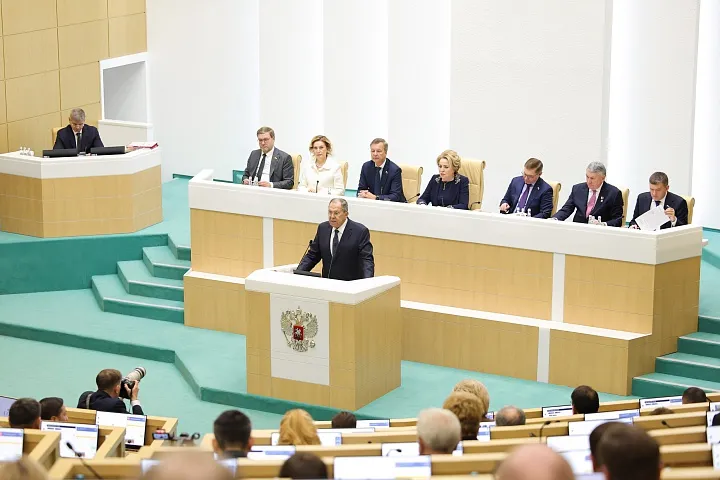According to the Pakistan daily The Dawn and other media, President Asif Ali Zardari, had a working meeting on July 8 with the authorities concerned “to ensure completion of the Kachhi canal project within one and a half years” and will get appropriate funding to “ensure its timely completion on a priority basis.”
President Zardari, his interior minister, and senior military officials were briefed about the construction of six “strategic canals” part of the “Green Pakistan Initiative” which aims to increase the arable area and also the livestock and fisheries potential of the country. These are the Chashma Right Bank Canal, Kachhi Canal, Rainee Canal, Greater Thal Canal, Cholistan Canal and Thar Canal. In the same time, Zardani wisely underlined the need to promote drip irrigation in the barren areas surrounding the canals, to increase both yields and quality, while reducing overconsumption of water by flood and sprinkle irrigation.
The Kachhi Canal is a 499 km giant canal project, diverting a portion of the water of the Indus River and conveying it by an open irrigation canal to Balochistan. Balochistan makes up for 43% of Pakistan’s land mass and is the richest province in terms of mineral resources. But due to negligence of previous governments, the people of these areas are living under extreme conditions of poverty. Some 305 km of the canal will run through Punjab and 195 through Balochistan. The canal will provide sustainable irrigation water supply to 720,000 acres of agricultural land in Balochistan and 30,000 acres of land in Punjab. Construction of this $500 million project started in 2002 and was almost abandoned due to irregularities, cost and time overruns. Phase-I (Part A&B) was completed in August 2017 and inaugurated on Sept. 14, 2017 by then Prime Minister Shahid Khaqan.
The 399 km main section (of which 351 km is lined) takes off from Taunsa Barrage in Muzaffar Garh district of Punjab province and ends at Dera Bugti district in Balochistan province. The discharge capacity of the main canal is 6,000 cubic meters/second. As many as 914 structures have been constructed at or over the main canal, including head and cross regulators, road and railway bridges, cross drainage, escape structures and watercourse crossings, etc. Altogether 27 telemetry points will be established to ensure accurate data sharing regarding the availability and flow of water.
Zardari also proposed establishing a “state land bank” to productively utilize state-owned lands surrounding strategic canals by securing funding and investment from international financial institutions and the Pakistan Stock Exchange.
After the huge floods of 2022 from the monsoons, which took over 1,700 lives, mainly British-based environmentalists had a campaign blaming canal building, branded as a “colonial” idea, as the cause for the disaster. Thinking about water infrastructure had to be “decolonized” they argued, by returning to “natural” pre-colonial agro-pastoralist methods who accept the freedom of rivers to go where they want.


